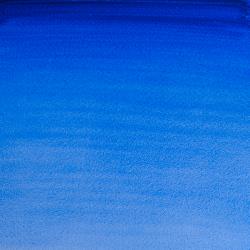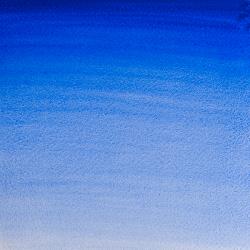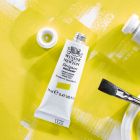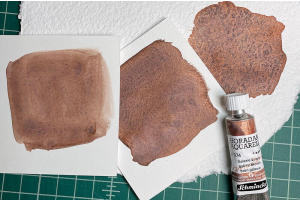We use cookies to make your experience better. To comply with the new e-Privacy directive, we need to ask for your consent to set the cookies. Learn more.
Cheap Joe’s Art Stuff Art Blog
Tips, Tricks, Thoughts, and inspiration from across the art spectrum.
The Versatility of Winsor & Newton Blues



Enjoy this blog post highlighting the characteristics and versatility of Winsor & Newton Blues. Winsor & Newton offers the purest pigments which inspire artists to create in limitless ways. Discover endless color potential with Winsor & Newton Professional Colors.


Cerulean Blue
Cobalt Blue
Manganese Blue Hue
The name Manganese (MANG-ga-neez) comes from the Latin word magnesia, which is also the name of a region in Thessaly, Greece. This is where the ancient Magnetes tribe lived and where the mineral pyrolusite, the main ore of manganese dioxide, is naturally found. Although manganese dioxide is naturally occurring and used in early prehistoric paintings, it is a dark earth tone bearing no resemblance to the color we now know.
Manganese itself is not found as a free element in nature, and in 1774, the Swedish chemist Johan Gottlieb Gahn was the first to reduce a sample of manganese dioxide to manganese metal. Manganese Blue itself is a modern, inorganic synthetic pigment invented in 1907 and patented in 1935. It is produced by heating sodium sulfate, potassium permanganate, and barium nitrate at 750–800 °C to create barium manganate. This is a clear and punchy azure blue.
Like many modern pigments, Manganese Blue was first used in the commercial industry where it was widely used to tint cement for swimming pools, amongst other things. It then became popular as an artist’s color and this continued until production of barium manganate was phased out worldwide in the 1970s. Although the production of Manganese Blue paint from pigment stocks continued in Germany until the 1990s, this soon became unfeasible due to costs and changes in environmental and safety regulations.
Today Winsor & Newton expertly formulate a Manganese Blue Hue made from the pigment PB15 belonging to the phthalocyanine family. This is a clear, greenish azure blue based on the original Manganese Blue, offering a safe and sustainable alternative.
Prussian Blue
Ultramarine
Winsor Blue
Winsor Blue is made of an organic synthetic pigment: copper phthalocyanine. Alternative names are Phthalo Blue, Monastral, and Intense Blue. It is a deep and intense blue which approaches black in mass tone and has either a red or green undertone leading to the variations of Winsor Blue (Red Shade) or Winsor Blue (Green Shade). It has great tinting abilities, is transparent and completely permanent. In watercolor it has staining properties.
Winsor Blue was created in the mid-1930s and was launched by Winsor & Newton in 1938 (Winsor Green followed a few years later). It comes from the phthalocyanine family of colors which were first chemically synthesized in the late 1920s. Many new synthetic organic pigments were being discovered around this time, however, only three were universally accepted for their artist quality in the 1950s: Phthalocyanine Blue, Phthalocyanine Green and Alizarin Crimson.
Winsor Blue was created to replace the capricious, less reliable Prussian Blue. It has many of the same properties including its intense richness of pigment and therefore great tinting abilities. It mixes very well with other colors (though one must be careful not to let it overpower) and when thinned, can be used for glazing with great effect. It is stable, intense, and insolvable except in sulphuric acids. A reliable color, Winsor Blue or Phthalo Blue is present in most color ranges and is a great asset to any painter.




















